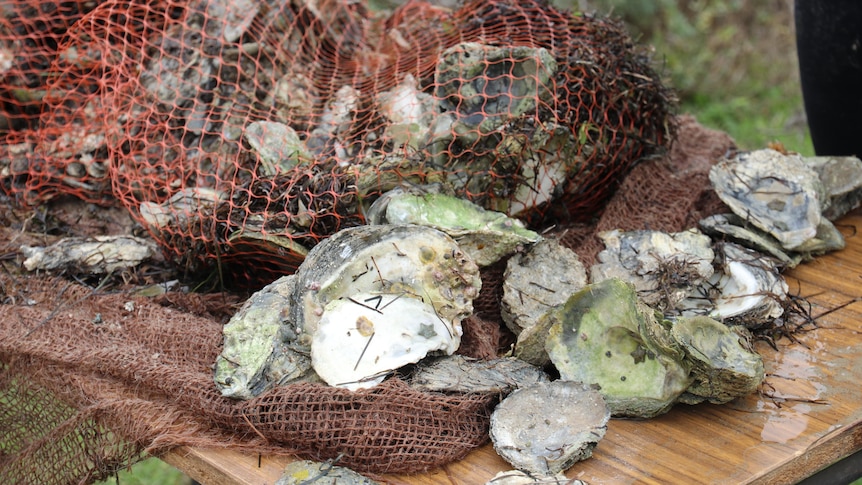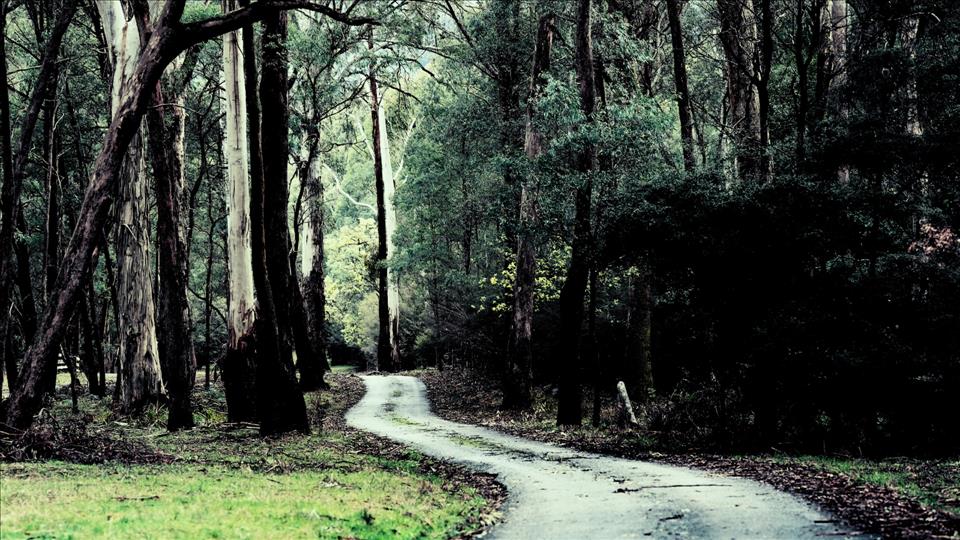Copyright abc

When a South Australian research duo set out to restore native oyster reefs along the ocean floor, they had no idea their efforts would become a key feature of a state government plan to combat a major ecological disaster. Long before the toxic algal bloom began wreaking havoc on South Australia's marine life, Eyre Lab director Manny Katz and University of Adelaide research fellow Dominic McAfee began a three-year project to construct artificial oyster reefs. Once spanning more than 7,000 kilometres of coastline, native oyster reefs were decimated by Europeans during the 19th century. First started in 2023, the restoration project has gained recognition from the Australian Geographic Society, recently taking home a Bronze Tier award and a $20,000 grant. Australian Geographic Society chair Chrissie Goldrick said one of the most important award criteria was demonstrating on-the-ground impact. How does the program work? Mr Katz and Dr McAfee's project to restore the reefs is simple but hands-on. Biodegradable bags are filled with recycled and cleaned Pacific oyster shells before being deployed in strategic locations. The bags provide a hard surface for native baby angasi oysters to attach to and grow, and after several years, they resemble the extinct oyster reefs. Ms Goldrick said the project highlighted that the community could make a difference. "We think it's really important to empower people. There's so much bad news about our environment," she said. "They feel that there's nothing that they can do." Ms Goldrick said involving residents and school children meant they were both "making a difference and contributing" and "learning about ocean processes and how the marine ecosystems work". Discovery of a 'lost' reef Reflecting on the journey, research fellow Dr McAfee said he had not foreseen the project growing as large as it has within "just a few short years". It started with a phone call from marine ecologist Mr Katz in 2023. "[He] reached out to me because he' had been diving all across Coffin Bay -- finding these large dead oyster shells buried in the sediment," Dr McAfee said. "He wanted to know more and eventually came across my work online and reached out. From there the two decided to start their citizen science project and understand the feasibility of restoring reefs in the area. Fight against toxic algae Mr Katz said the reefs served an important role as a filter feeder, with one adult oyster capable of filtering up to 200 litres of water per day. Not only have the oysters proven resilient to the harmful algae, but Mr Katz said they could reduce and remove excess nutrients and algae. The project has caught the eye of the SA government, receiving a major funding boost to create 25 additional sites of renewed reef for the potential to fight against the toxic algal bloom. "For these habitats to now be getting the attention and the funding and support that they deserve is fantastic," Mr Katz said. Mr Katz said there had been many unintended consequences of human impact on habitats and it would take years before the effects of restoration work were seen. "We have a lot of work to do to put them back so that these ecosystems function in the way that they used to before colonisation," he said.



